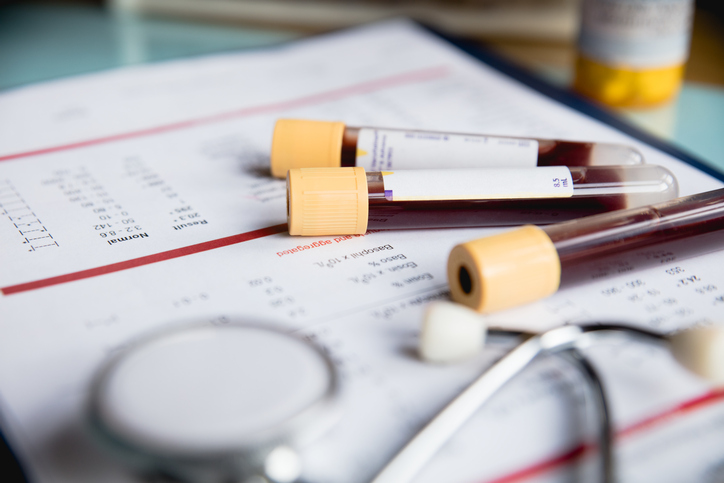Pain
Diagnosing Pseudobulbar Palsy

What is pseudobulbar palsy?
Pseudobulbar palsy is a condition in which the motor neurons that control movement of the muscles in the face, mouth, and throat become damaged. This damage affects the ability to speak, chew and swallow. Some individuals with pseudobulbar palsy experience pseudobulbar affect (involuntary laughing or crying, often at inappropriate times).
Diagnostic process
The diagnostic process for pseudobulbar palsy begins with a medical history and physical exam. A medical history typically involves questions about symptoms, such as trouble speaking, chewing, or swallowing, as well as questions about emotion control, including involuntary laughing or crying at inappropriate times. During a physical exam, a health care professional checks the strength of the muscles in the face as well as the reflexes in the face.
Although no specific tests or imaging can confirm a diagnosis of pseudobulbar palsy, tests may be ordered to rule out other conditions or to identify the cause of pseudobulbar palsy. Tests and imaging may include the following:
- Blood or urine tests to check for infections, inflammation, or metabolic abnormalities
- Computed tomography (CT) or magnetic resonance imaging (MRI) to check for tumors or certain malformations in the brain that may lead to pseudobulbar palsy
- Videofluoroscopic swallowing study to rule out other swallowing disorders
- Psychiatric consult to rule out mood disorders
If a person’s primary symptom is pseudobulbar affect (difficulty controlling emotions), pseudobulbar palsy may be misdiagnosed as depression, bipolar disorder, schizophrenia, or another mental health condition. For this reason, a thorough neurological exam is needed for an accurate diagnosis of pseudobulbar palsy.



















